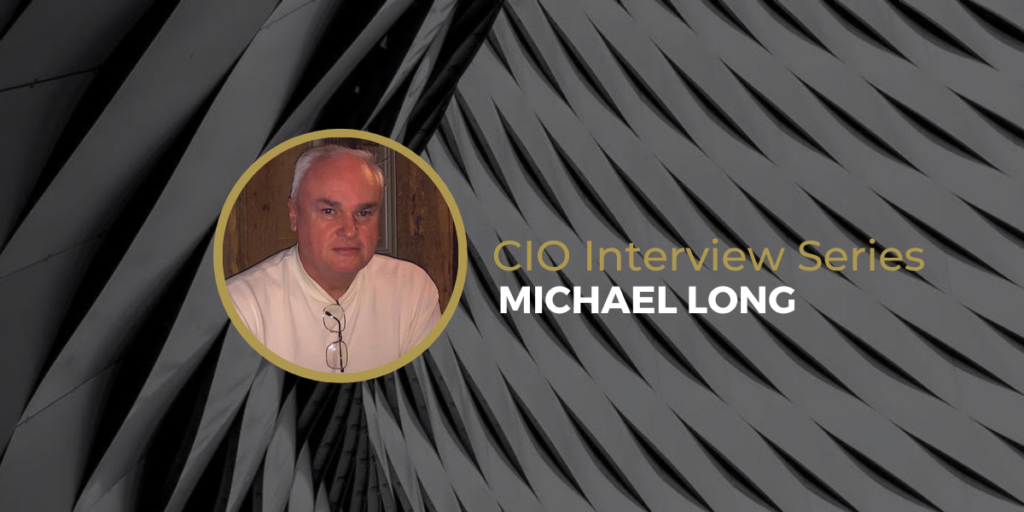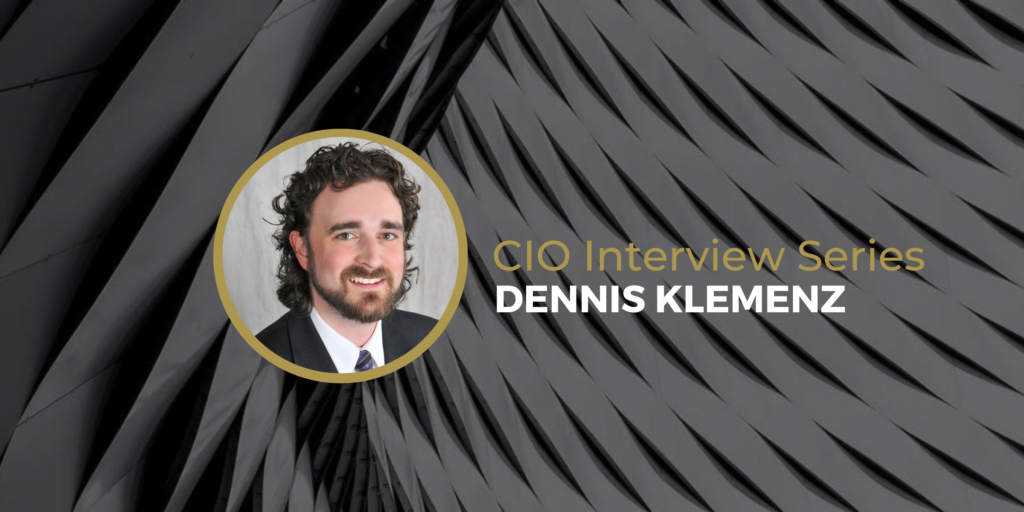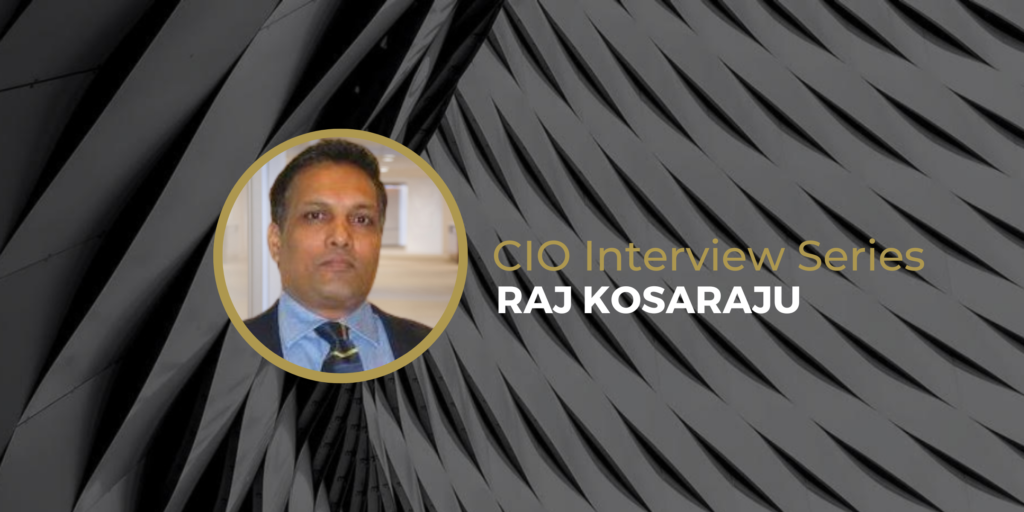Innovation Is A State Of Mind

You probably know the myth of innovation as a sudden flash of insight that comes from nowhere. We read about that “aha” moment or that light bulb turning on in the mind of some inventor or innovator, and this is true to an extent. Einstein really did get flashes of insight while shaving in the morning. However, he was, of course, working on the particular problems he had insight into, and he didn’t suddenly have ideas for new kitchen gadgets or movie plots.
Einstein’s innovations, in other words, no matter how “sudden” the original ideas were, came from past and present mental work. It is like a singer who works at his craft for ten years and then becomes an “overnight success.” Innovative people only have “sudden” new ideas because they have habitually worked and thought in certain ways for some time. If you want to become an innovative thinker, then why not start cultivating those mental habits?
Mental Habits Lead To Innovation
Problems can be opportunities. “Problem” may have a negative connotation, such as being a hassle or stressful, but any problem can lead to an innovation that improves our lives.
Not knowing the time leads to clocks small enough to put on our wrists. Nasty diseases lead to sanitary sewer systems. Start looking for opportunities in every problem. Even a mundane problem, like not having enough storage space, could lead to a new innovation. You may just build a plywood floor in the attic, but you could invent a new type of outdoor storage unit.
Innovation begins with understanding the key elements. Metal, wood or glass are not key elements of a door to an innovator. A way to get in, a way to keep others out – these are key elements. Begin with these, and soon, you’re imagining new ways to make a door. You could design a door that is opened by your voice (nice when your hands are full), or one that shuts and locks itself when anyone else approaches. Think of the key elements in things.

Attitude helps innovation. The creative problem-solving technique of concept-combination involves combining two ideas to see what new idea or product results. The crucial point is that you assume there will be a useful new idea. Starting with that assumption, your mind will work overtime to produce something. A shoe and a CD have nothing to do with each other, but it took just a minute to imagine a CD player with headphones that only plays the music correctly if a jogger maintains his ideal pace. When you assume there is something there, you’ll often find something.
Playfulness helps innovation. A playful mind is a creative mind, and while a high IQ doesn’t correlate with creativity, put it together with playfulness, and you have an Einstein. Remember, he imagined himself riding on a beam of light in order to arrive at his theory of relativity. Why not start playing with ideas and things in your mind and in your surroundings? Innovation should be fun.






